There was no written assignment, no support system, and no agency to regularly check. From a voluntary action, Mr. Chien fell into a state of weary waiting and filled with frustration.
When first discovered, many experts interviewed all agreed that they had never discovered a boat with such a "strange" design in Vietnam. This is a discovery that not only shocked the archaeological community but also raised big questions about boat building techniques, waterway trade and the presence of ancient Vietnamese people in the maritime history of the surrounding area...
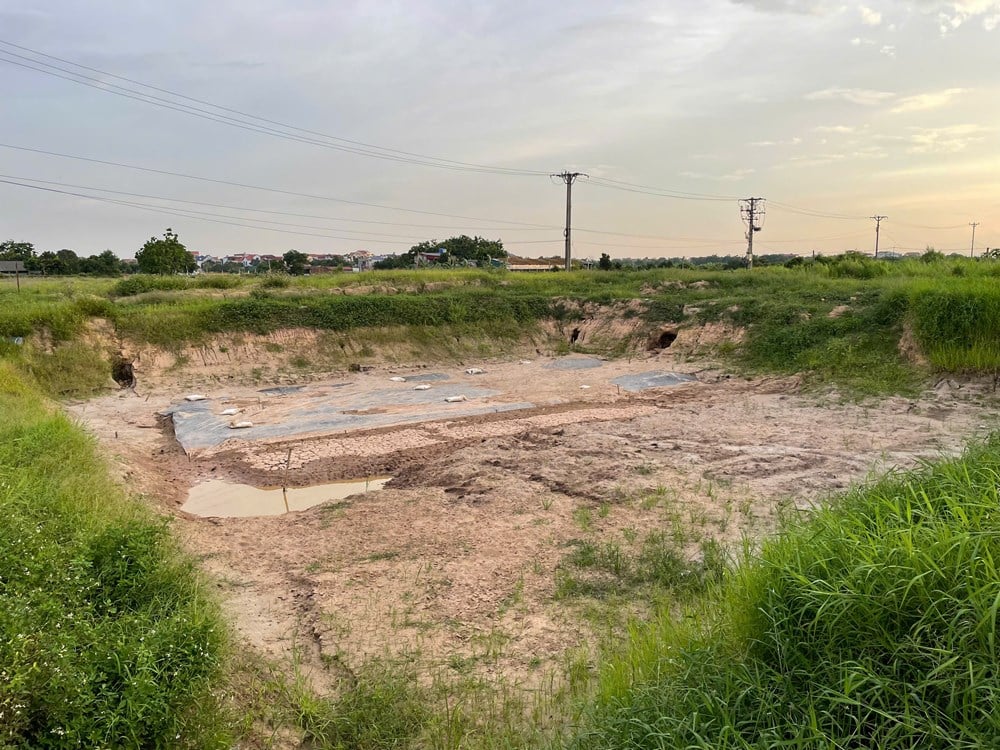
Expectations and reality…
Last weekend, a group of Van Hoa reporters returned to the site of the emergency excavation of two ancient boats in Ha Man ward, Thuan Thanh town ( Bac Ninh ). The bustling scene at the construction site, with people coming and going like a few months ago, was no longer there, only the wild, sad reeds in the bleak sunset. When we met, there was no longer a group of officials and experts, but the harsh shout of an old farmer: Mr. Nguyen Van Chien, the discoverer of the ancient boat.
In early 2025, Mr. Chien rented an excavator to renovate a fish pond on a plot of land about 360 square meters. This was the land he rented from a local household to raise tilapia. While digging 3-5 meters deep to retain water in the pond, a layer of gray sand appeared and after a few days of drying, two boats with ancient shapes appeared. Having heard elders talk about the ancient Dau River, Mr. Chien proactively searched for pictures of old boats online and quickly recognized unusual signs. He decided to report the incident to the local authorities with a sense of civic responsibility.
Interviewing Mr. Chien during his visits to work, we still could not forget his lovable shyness and embarrassment when he was "surrounded". "When I discovered traces of an ancient boat, some people advised me not to report it because this was a business land. However, my conscience did not allow it. I informed the local authorities, hoping that experts would evaluate and excavate to contribute to preserving the heritage value", this simple old farmer confided.
However, what happened next left Mr. Chien disappointed. “At first, I thought that I did the right thing, that I was responsible for the heritage, and that the government would recognize me and provide some support to continue my livelihood. But after the excavation workshop at the end of the third lunar month, everyone left, and no one came back. No one assigned me any responsibilities or asked if I had any difficulties,” Mr. Chien shared.
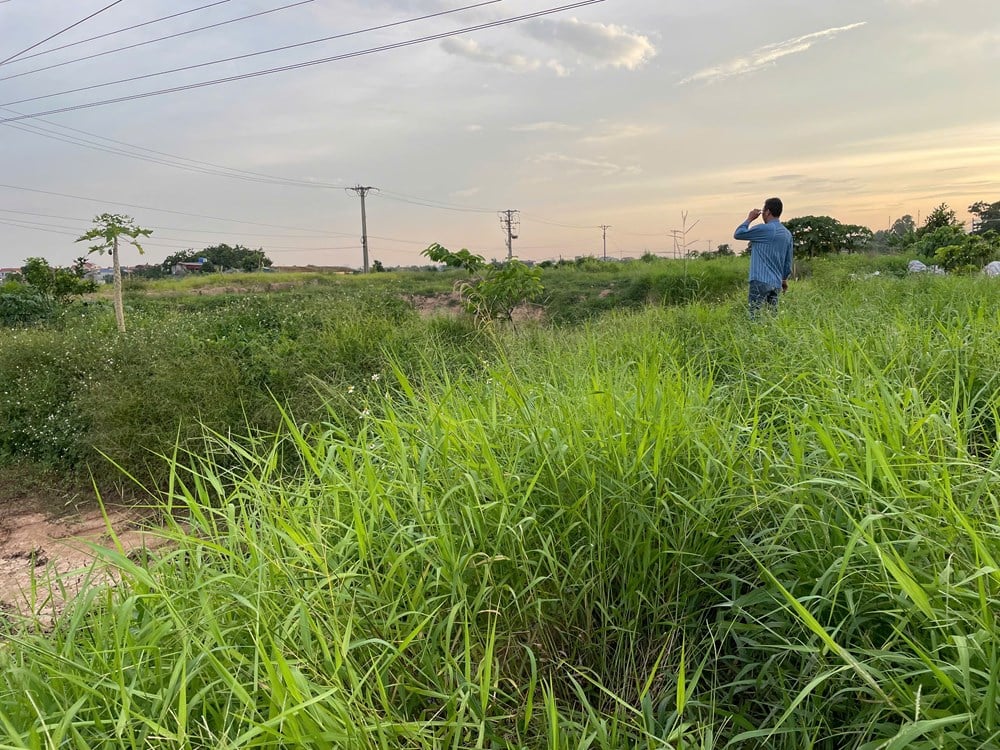
Three months have passed, and Mr. Chien is still looking after the land himself. There is no guard, no mechanism to maintain the preservation conditions of the artifacts. A temporary tarpaulin layer covered with sandbags is the only way for him to preserve the area with traces of antiquities. “I still live here, still sit and watch to prevent strangers from arbitrarily pulling up the tarpaulin. Many curious people come to see, I have to shout to maintain the status quo. But unfortunately, I have not been assigned any official responsibility. Everyone tells me that as the head of the household, I have to look after it myself. So if something is lost tomorrow, will I be responsible?”, he wondered.
Since the discovery of the ancient boat, all agricultural production and fish farming activities of Mr. Chien have been completely stopped. “I planned to release another batch of tilapia, but I couldn’t. The pond was dug, but before it could be filled with water, it had to be drained for excavation. For three and a half months, I have not earned anything, while still having to pay land rent and worry about daily expenses,” he said.
Not only fish, but also the crops above were affected. The tree roots, vegetable beds and cultivated fields were dug up by excavators, filled with soil, and completely deformed. He said the total loss from fish production, crops, labor and time lost was estimated at more than 100 million VND. “I don’t ask for too much. But at least there should be some kind of support policy. I spent money on protection, buying tarpaulins, sandbags, electricity and machinery for excavation, but there was not a single penny of support. The excavation workers were paid, but I was not counted for maintenance,” he added.
According to Mr. Chien, during the excavation summary session at the end of the third lunar month, there was the participation of local leaders and a number of functional agencies. There, someone proposed to support a part of the budget for Mr. Chien to look after the area, but then no one did. “Some said there was budget support, others said no. Some even insisted that no one needed to look after it, just covering it with a tarp was enough. So who should I listen to?”, he asked.
Mr. Chien said that he had repeatedly proposed to be supported, at least for the effort of preserving and the loss of production, but always received the general answer: "You have to write an application." However, he did not want to write an application because he thought he had no obligation to "ask for support" when he had voluntarily reported and cooperated. "Writing an application is asking! I am not asking, I just hope to be recognized. If everyone hides relics and antiques for fear of loss and does not report to the government or authorities, how much historical and cultural value will this country lose? But if after reporting, they are abandoned like this, who will dare to report again next time?", he said bitterly.
Not only Mr. Chien, but also people in the surrounding area have begun to question the responsibility of managing the relic after excavation. The ancient boat, once considered an important discovery in the archaeological system of the Luy Lau - Dau - But Thap region, now lies quietly under a tarpaulin, without a guard. "No one comes down to check. There are no fences, no signs, no equipment to keep the area safe. If unfortunately there is a vandal or heavy rain, rising water washes it away, who will be responsible?", Mr. Chien asked.
Faced with the ongoing damage, Mr. Chien requested that the authorities promptly give an official response on: Recognizing the responsibility of looking after the relic, avoiding leaving people to protect it alone without a legal basis; Having a reasonable damage support mechanism, based on the time of production stoppage, affected area and the efforts of the people; Ensuring transparency of information, avoiding the situation where each unit says something different, but no one implements.
“Disappointment” is what we observed in the mood of Mr. Nguyen Van Chien, the first person to discover the ancient boat and immediately reported it to the local authorities. Those who are interested in this important and mysterious artifact feel indignant at the way the authorities and local authorities have responded.
Source: https://baovanhoa.vn/van-hoa/bi-bo-roi-the-nay-ai-con-dam-bao-nua-143219.html




![[Infographic] Notable numbers after 3 months of "reorganizing the country"](https://vphoto.vietnam.vn/thumb/1200x675/vietnam/resource/IMAGE/2025/10/4/ce8bb72c722348e09e942d04f0dd9729)
![[Photo] Students of Binh Minh Primary School enjoy the full moon festival, receiving the joys of childhood](https://vphoto.vietnam.vn/thumb/1200x675/vietnam/resource/IMAGE/2025/10/3/8cf8abef22fe4471be400a818912cb85)


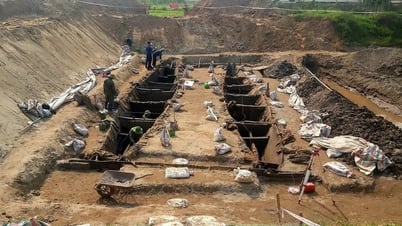



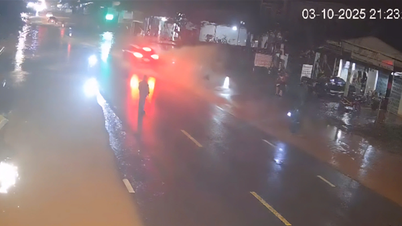

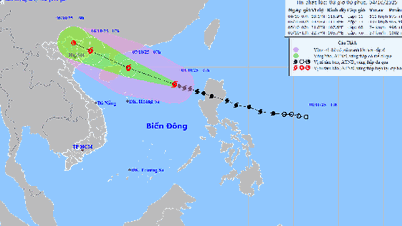













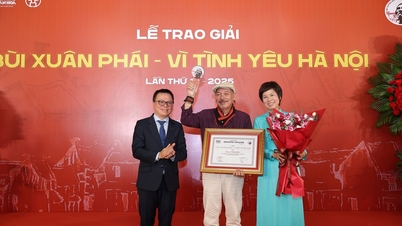





![[Photo] Prime Minister Pham Minh Chinh chairs meeting to deploy overcoming consequences of storm No. 10](https://vphoto.vietnam.vn/thumb/1200x675/vietnam/resource/IMAGE/2025/10/3/544f420dcc844463898fcbef46247d16)












































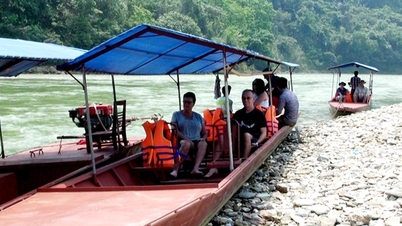








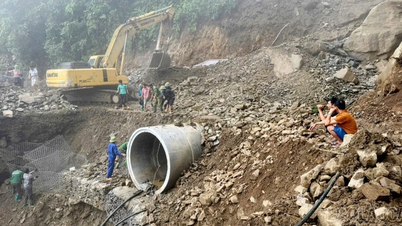

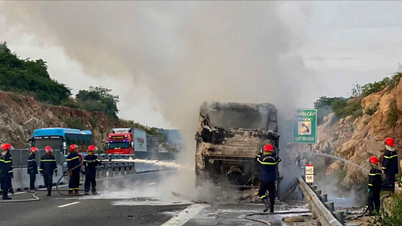














Comment (0)